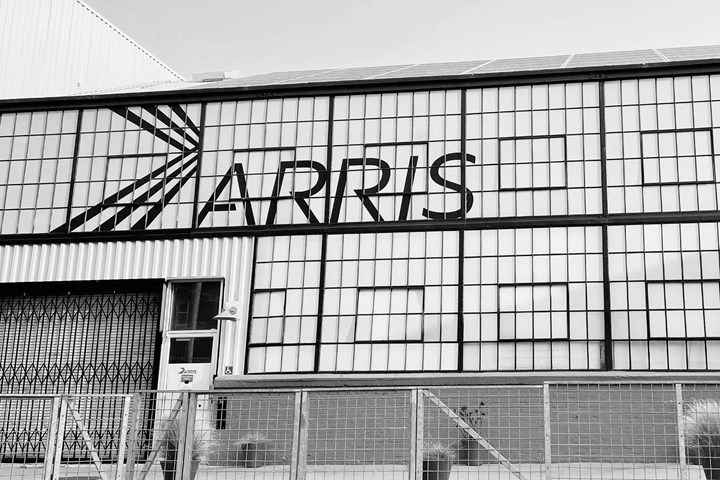Arris, U.S. Army and LIFT launch collaborative project to lightweight combat vehicles
Project will apply Arris’ Additive Molding technology to demonstrate significant vehicle weight reductions via part consolidation, topology optimization and a continuous carbon fiber composite structure.

Photo Credit: Arris Composites.
Arris Composites (Berkeley, Calif., U.S.), an advanced manufacturer enabling the use of high-performance composites in mass-market products, transportation and industrial applications, has announced a project with the U.S. Army’s Michigan-based Combat Capabilities Development Command Ground Vehicle Systems Center (DEVCOM GVSC) focused on vehicle seats to demonstrate significant vehicle weight reductions through part consolidation, topology optimization and an aligned continuous carbon fiber composite structure.
This initial project will use Arris’ scalable Additive Molding manufacturing technology platform. The project is being contracted through LIFT (Detroit, Mich., U.S.) a public-private partnership between the Department of Defense (DOD), industry leaders and academia and operated by the American Lightweight Materials Manufacturing Innovation Institute (ALMMII).
“Working with LIFT and the Army to bring together advanced composites and advanced structural design in a key vehicle subassembly is an important step in advancing vehicle architectures,” says Ethan Escowitz, CEO and founder at Arris. “This pioneering work with LIFT will pave the way for broader adoption of lightweighting, and realization of the associated performance, efficiency and sustainability benefits.”
Army vehicles have been increasing in weight over time due to new technology and safety components for soldiers, and this partnership is part of the Army’s effort to advance the use of cutting-edge technologies that enable high-strength, lighter, more fuel-efficient tactical vehicles with superior mobility and protection. By replacing an assembly of metal components in crew seats with a single continuous fiber-reinforced composite structure, Arris says it will demonstrate the advantages of its manufacturing technology for broader vehicle applications.
“The real significance of a weight savings approach for vehicle design depends on its broader applicability. High-end, high-cost vehicles have lightweighting approaches that don’t translate to mass production and cost-sensitive industries. Arris’ unique ability to combine lightweight materials, lightweight structural designs and cost-effective manufacturing is an important set of capabilities to drive LIFT strategic objectives,” says Nigel Francis, CEO and executive director at LIFT. “Our collaboration with Arris and the Army is an important step in lightweighting vehicle structures for the military and the competitiveness of the U.S. automotive industry as a whole.”
Related Content
-
FibreCoat develops radar-absorbing fiber-reinforced composite
Broadband, flexible material offers protection against radiation, heat and electromagnetic interference, and maintains performance across curved surfaces and slanted angles, outperforming existing materials by up to 100 times.
-
Orbital Composites wins AFWERX award for Starfighter drone fleet
Under the TACFI contract, Orbital is implementing the AMCM process to build 3D printed composite multi-mission UAS aircraft, surpassing $10 million in government awards.
-
MATECH C/ZrOC composite is deployed in hypersonic aeroshells
Ultra high-temperature insulating CMC targets hypersonics, space heat shields and other demanding applications, tested up to 2760°C under extreme stagnation pressures.






